PROTECT YOUR DNA WITH QUANTUM TECHNOLOGY
Orgo-Life the new way to the future Advertising by AdpathwayDragon fruit is a subtropical cactus full of unique attributes that make it worthy of featuring as a potted specimen. In addition to its exotic good looks as a cactus with long, segmented stems, it has wild evening blooms and vibrant, fleshy edible fruits in magenta or yellow.
Also called pitahaya, the cactus is native to Mexico, Central, and South America, with widespread cultivation in Southeast Asia, where it enjoys mild temperatures, moderate moisture, and a dry season.
To mirror these growing conditions, growing dragon fruit in containers lets us regulate temperature, moisture, and soil to meet its optimal cultural requirements.
For fruitful rewards from the vigorous, vine-like cactus, we’ll explore the best container, fill material, location, and care. Dragon fruit can live for nearly 20 years, making it a worthwhile growing opportunity for a burst of tropical flair.

Dragon Fruit Characteristics
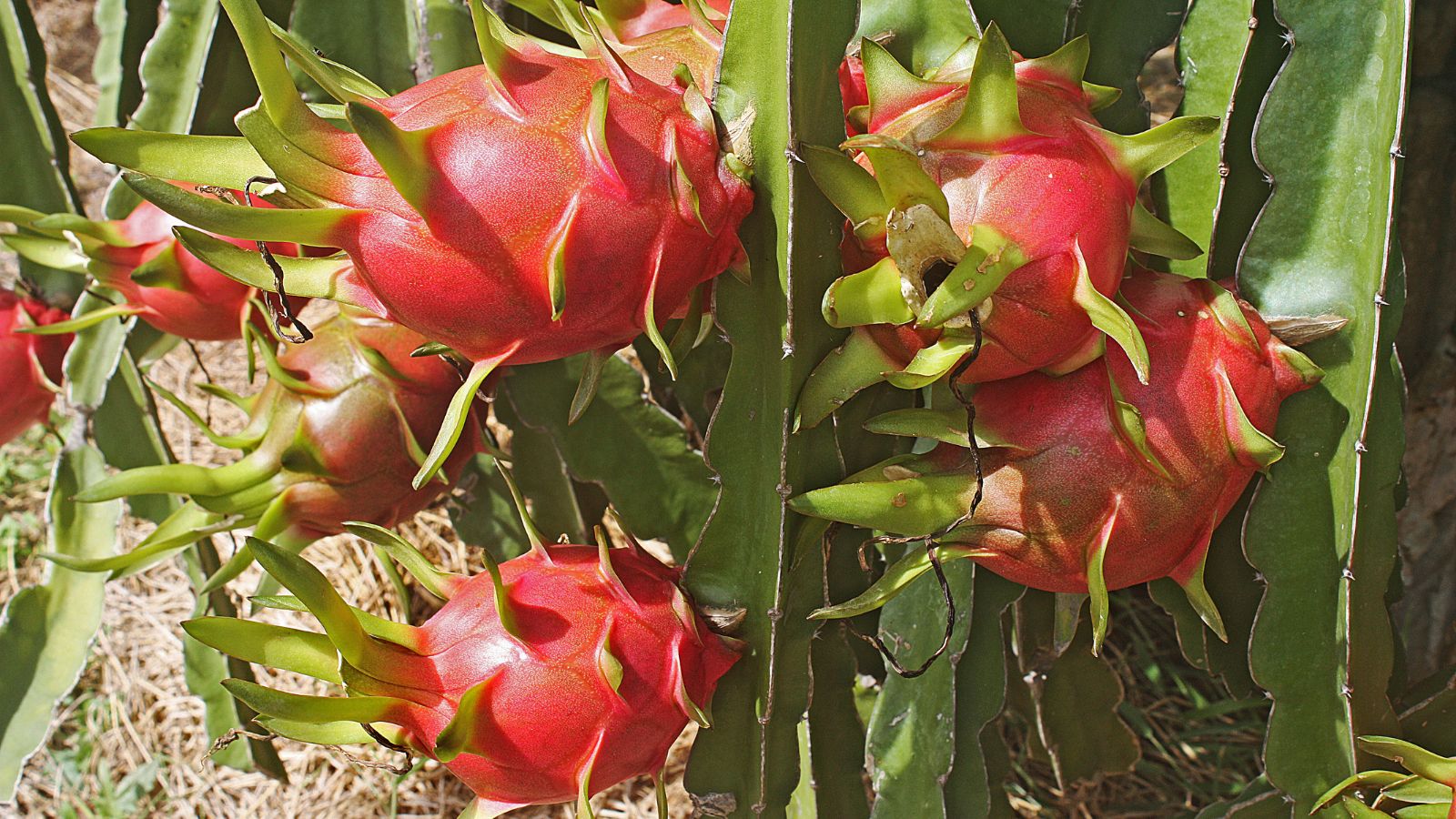 Colorful and sought-after fruits appear on long stems.
Colorful and sought-after fruits appear on long stems. Dragon fruit (Selenicereus undatus) has large and intensely fragrant blooms that open at night to attract nocturnal pollinators. Tubular flowers are pink or white, depending on the species, and can be over one foot long.
The evening garden comes alive with a specimen in flower. Moths and bats visit the nighttime blooms, which produce the showy berries after pollination.
The night-blooming cereus is often self-pollinating or self-fruitful, producing fruits without cross-pollination from another nearby specimen. Some, though, are self-sterile and rely on a different variety nearby for pollination. Knowing your variety helps, though it can get a little muddled in cultivation when it comes to dragonfruit.
If your nursery isn’t sure of the species or variety, two or three different types of dragonfruit can boost fruiting. You can even grow them in the same large pot.
The unusual cactus has fleshy, triangular stems that sprawl, crawl, and climb. Stems grow long and form aerial roots as they run. Most dragonfruit species root in soil, but others are epiphytes, living in the crooks of trees and crevices of rocks.
The thick-skinned fruits are about five inches long with bright pink, purple, or yellow skin, depending on species, and may be spiny or spineless. The pulpy interior is white, red, or magenta, and speckled with a multitude of tiny black seeds.
Optimal Temperatures
 These tropical plants love warmth and don’t handle frost well.
These tropical plants love warmth and don’t handle frost well. Dragon fruit thrives in climates that are mostly frost-free. It’s hardy in USDA zones 10-11 and grows with winter protection in colder areas. In pitahaya’s native subtropical climate, optimal growing temperatures are between 65 and 77°F (18-25°C). It does best where the temperature stays below 100°F (38°C).
The Right Container
 These large plants require large containers.
These large plants require large containers. Dragon fruit usually comes to our gardens as nursery-potted specimens, which have a head start toward faster fruiting. They also grow easily from cuttings, whether from a pass-along plant or sourced through a grower. Cuttings produce fruit in one to two years.
Pitahaya also grows from seed, with long-awaited fruit in five to seven years. Let cured cuttings develop in a smaller pot for about four to six months before transitioning to a large container.
To choose the best pot to grow dragon fruit in containers, account for the hefty mature growth of the robust vining stems and extensive roots. A large container of 25 to 35 gallons houses a single specimen nicely. A pot that’s wider than it is tall allows space for extensive roots and minimizes top-heaviness.
Make sure the container has ample drainage holes, as good drainage is essential for healthy cactus roots.

Trellising
 Install posts at planting time to support stems.
Install posts at planting time to support stems. Dragon fruit and its sprawling, vine-like stems require support as they grow. Situate the supports in the container before filling with soil. The vines grow upright the first year before branching laterally and arching downward in subsequent seasons.
A post and trellis setup holds the branches upright. A sturdy system supports the “trunk” (central vines) and the full canopy. A simple four-by-six-inch wooden post, four to six feet tall, does the job. Anchor the pole with rebar support or on a base of two crossing boards.
A wooden frame secured to the post forms a workable trellis. Four to six pieces of two-by-four framing lumber craft an open box frame to mount to the post.
If growing from cuttings, place two or three around the post to take maximum advantage of high production on the trellis.
Potting Medium
 The soil should drain quickly to prevent rot.
The soil should drain quickly to prevent rot. Pitahayas grow in a range of soils as long as they’re quick-draining. They also prefer organically rich compositions. Pots give us the luxury of starting with a high-quality potting mix that’s fertile and light with good aeration. To grow dragon fruit in containers, use a succulent soil mixed with a bit of compost.
A mulch layer in climates with hot summers helps insulate roots and retain moisture. To refresh nutrition and soil health, topdress with compost each spring. Keep the material off the stems to prevent burning or disease problems.
The Best Light
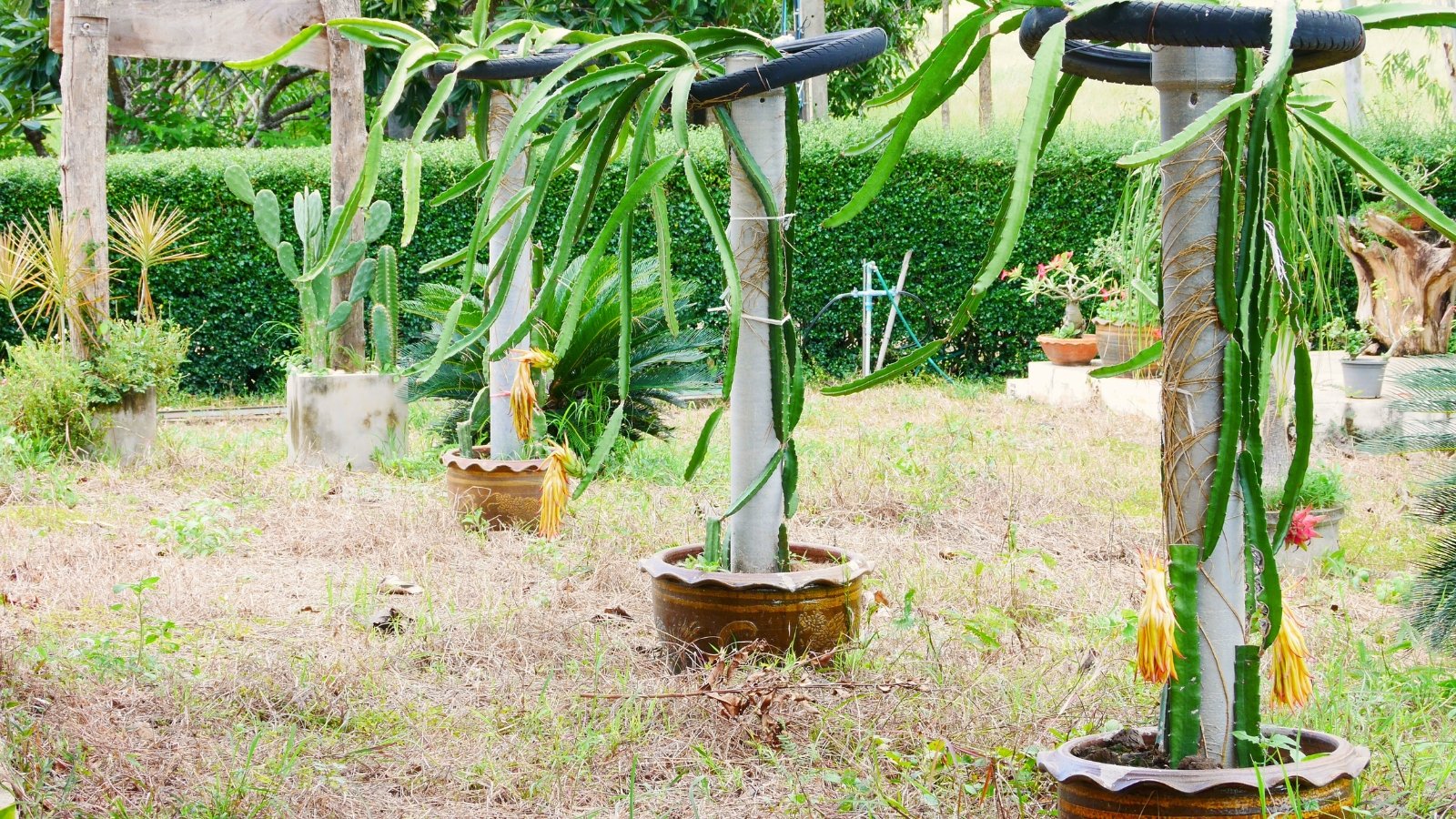 Aim for a spot with full sun and some afternoon protection.
Aim for a spot with full sun and some afternoon protection.Place dragon fruit containers where they receive full sun, but with shade protection against intense afternoon rays. While the cacti are full sun specimens in their native range, their stems are susceptible to sunburn and scorch. Partial shade in the first several months of development helps protect tender branches.
An east or south-facing placement (with light afternoon shade protection) offers the best exposure, especially with good morning sun to support flowering and fruiting.
Water Needs
 Allow the soil to dry out before watering again.
Allow the soil to dry out before watering again. In addition to the best location, temperatures, and potting medium, an advantage of growing dragon fruit in containers is the ability to control moisture.
The tropical cacti are accustomed to drenching rains followed by dry spells in their native range, and they withstand drying a bit between waterings. Too much moisture and soggy soil lead to diseases like root rot, but consistent water during the growing season supports fruiting.
In the “off” season, pitahaya experiences a short dry period and dormancy. We can protect pots under cover to avoid winter rainfall and mirror their optimal conditions. Once growth and flowering resume in spring, begin watering regularly to achieve even soil moisture, allowing it to dry slightly between sessions.
When to Fertilize
 Feed once in spring and again in summer.
Feed once in spring and again in summer. Fertilizing, especially in the first year of growth, supports healthy rooting and branching. A 6-6-6, 10-10-10, or similar formula in spring and again in summer offers a boost during the warm, active months.
For the summer rotation, you may opt to use an N-P-K ratio with a higher phosphorus (P) level to support flowering and fruiting. Compost, too, enriches the existing potting media for spring and summer.
Pruning for Size and Fruiting
 Prune early to control size and boost yields.
Prune early to control size and boost yields. Dragon fruit grows vigorously and benefits from pruning one to three times a year to manage size and boost yields. Pruning and regular training foster the best form and fruiting.
The first pruning action for potted specimens is to remove side branches that develop off the central vine. As the young plants grow upright along their support post, tie the central vine to the post to secure it. Once vines reach the height of the trellis or support frame, cut the tips off stems to promote lateral branch growth. Tie the new stems to the frame as they grow.
Later pruning for mature specimens fosters fruit production. Remove diseased, damaged, or crossing stems anytime you spot them. Trim any long stems off the ground. Thin the canopy if it becomes dense, heavy, or too large for the trellis.
A dense crown can shade other stems and reduce fruit production, as full sun is needed for fruiting. Train and foster the healthiest, plumpest stems for productive dragon fruit in containers.

Harvesting
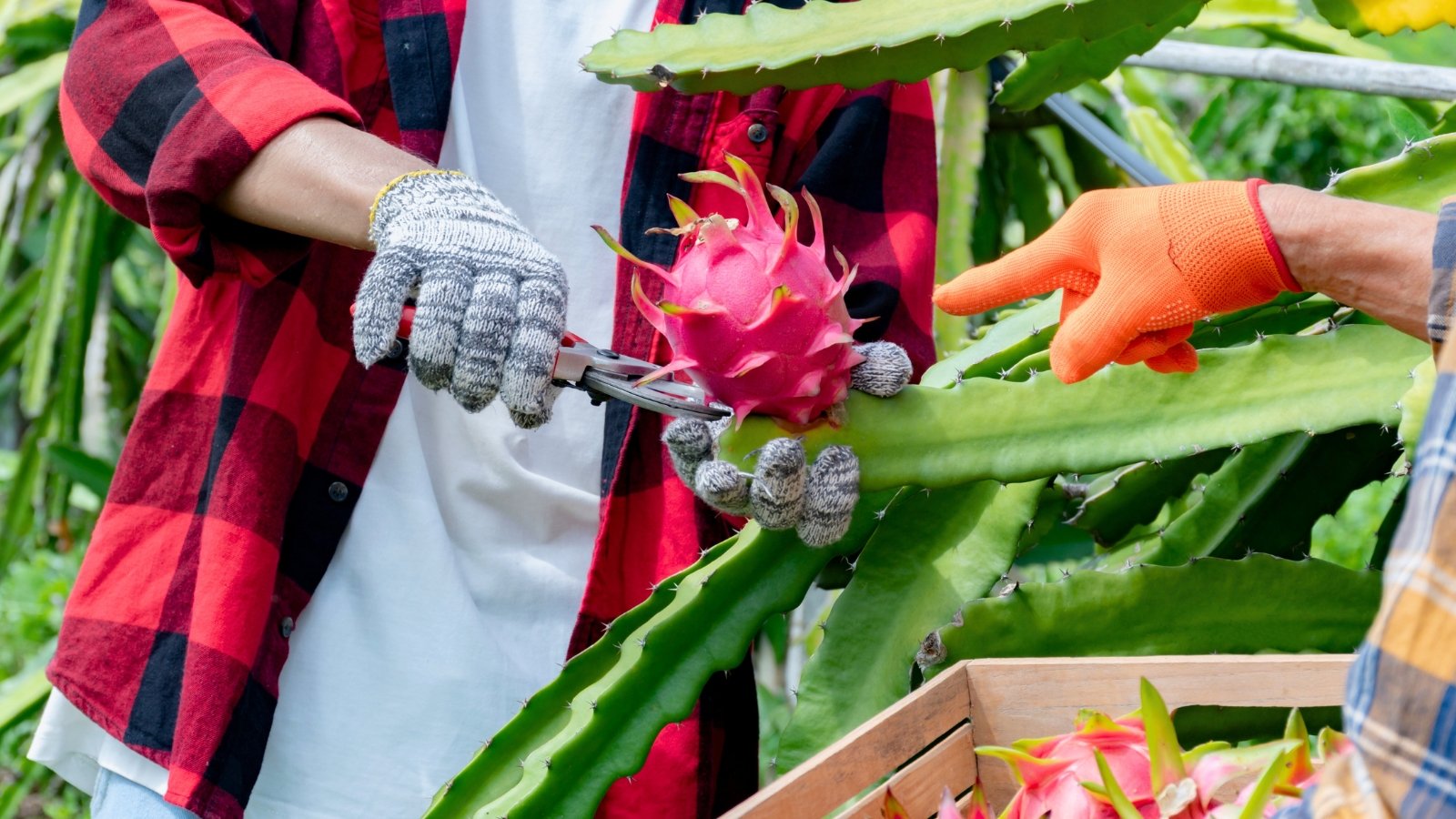 Harvest when the fruits change color.
Harvest when the fruits change color. Full-colored fruits are ready to harvest from summer through fall, depending on the climate. Use pruners to cut the fruit from the stem to avoid damaging the stems or the fruit with hand pulling. Clip the stem flush to the top of the fruit after picking for storage.
The sweet, juicy dragon eggs store for four to five days at room temperature. In the refrigerator, they’ll last for several weeks.
Overwintering
 Bring dragon fruit in containers indoors for extra protection in fall and winter.
Bring dragon fruit in containers indoors for extra protection in fall and winter. If your climate experiences prolonged temperature dips below the mid-40s (around 4°C), plan to bring potted specimens indoors for the winter. Pitaya tolerates a light frost and recovers quickly, but won’t withstand temperatures below freezing for long, and can receive damage below 40°F (4°C). Outside of zones 10 to 11, they need winter protection.
Mature plants can be hard to move due to their hefty vines on the trellis. Move them to the nearest bright, warm spot, whether inside or in a greenhouse. Situate the pots in a bright indoor location, out of direct afternoon sun (or with a curtain filter).
A few feet away from a south-facing window works well. If the indoor spot lacks sufficient lighting, grow lights can supplement.
To maintain their dry period, reduce watering in the cool season. Moisture uptake and evaporation are slow. But, to prevent soils and roots from drying out completely, water dragon fruit in containers when the soil is dry a couple of inches below the surface.


 15 hours ago
3
15 hours ago
3



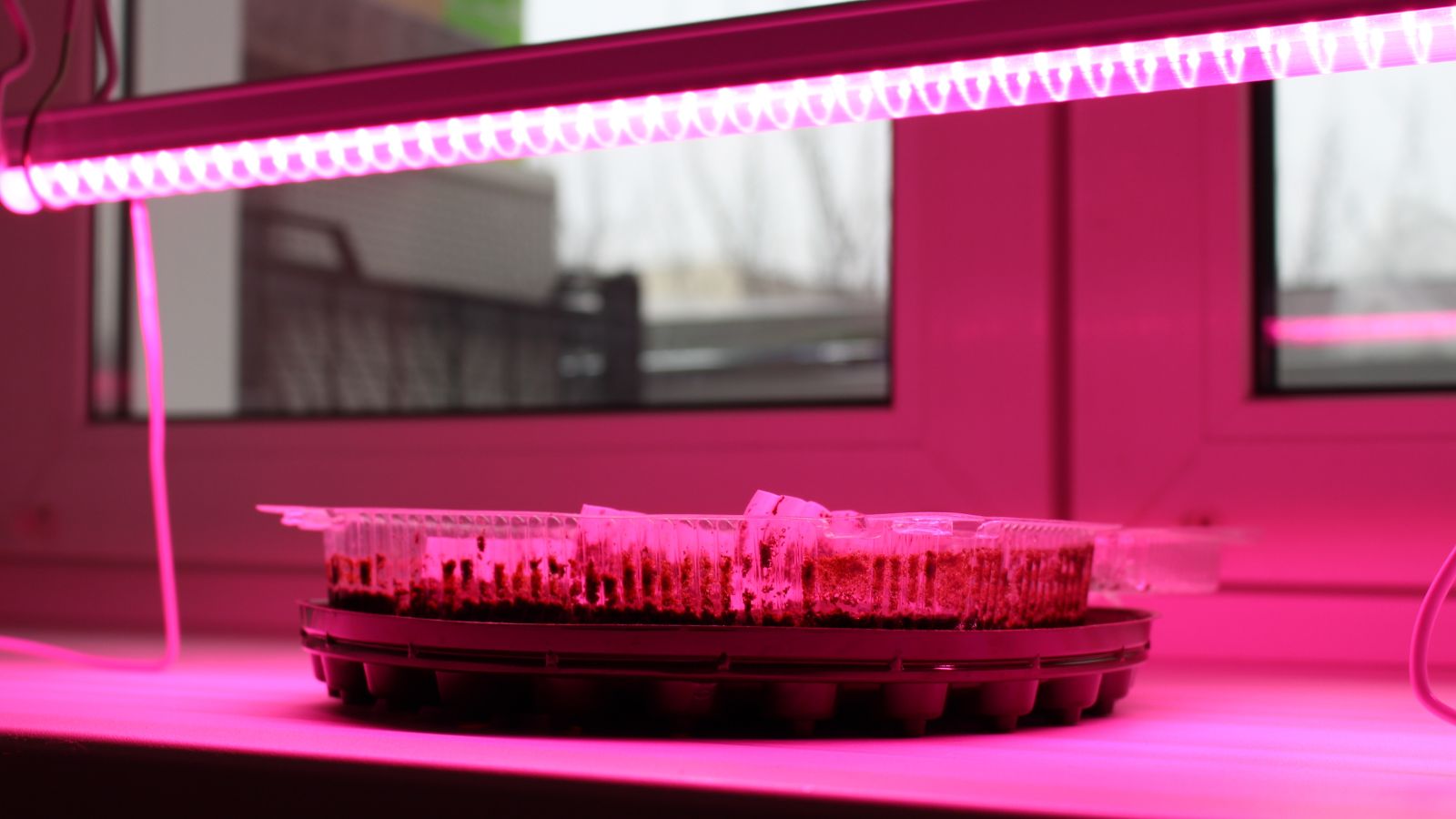
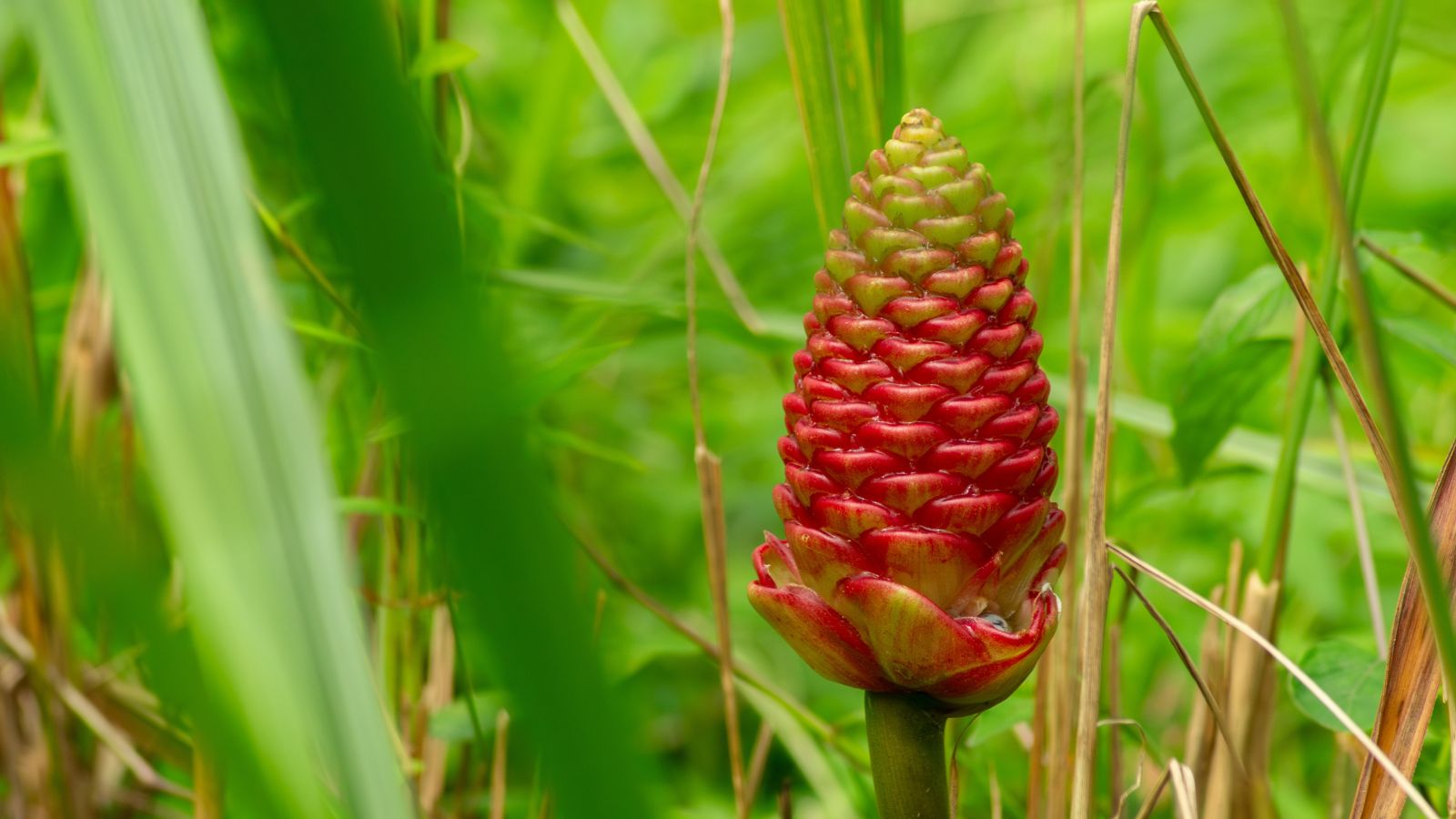
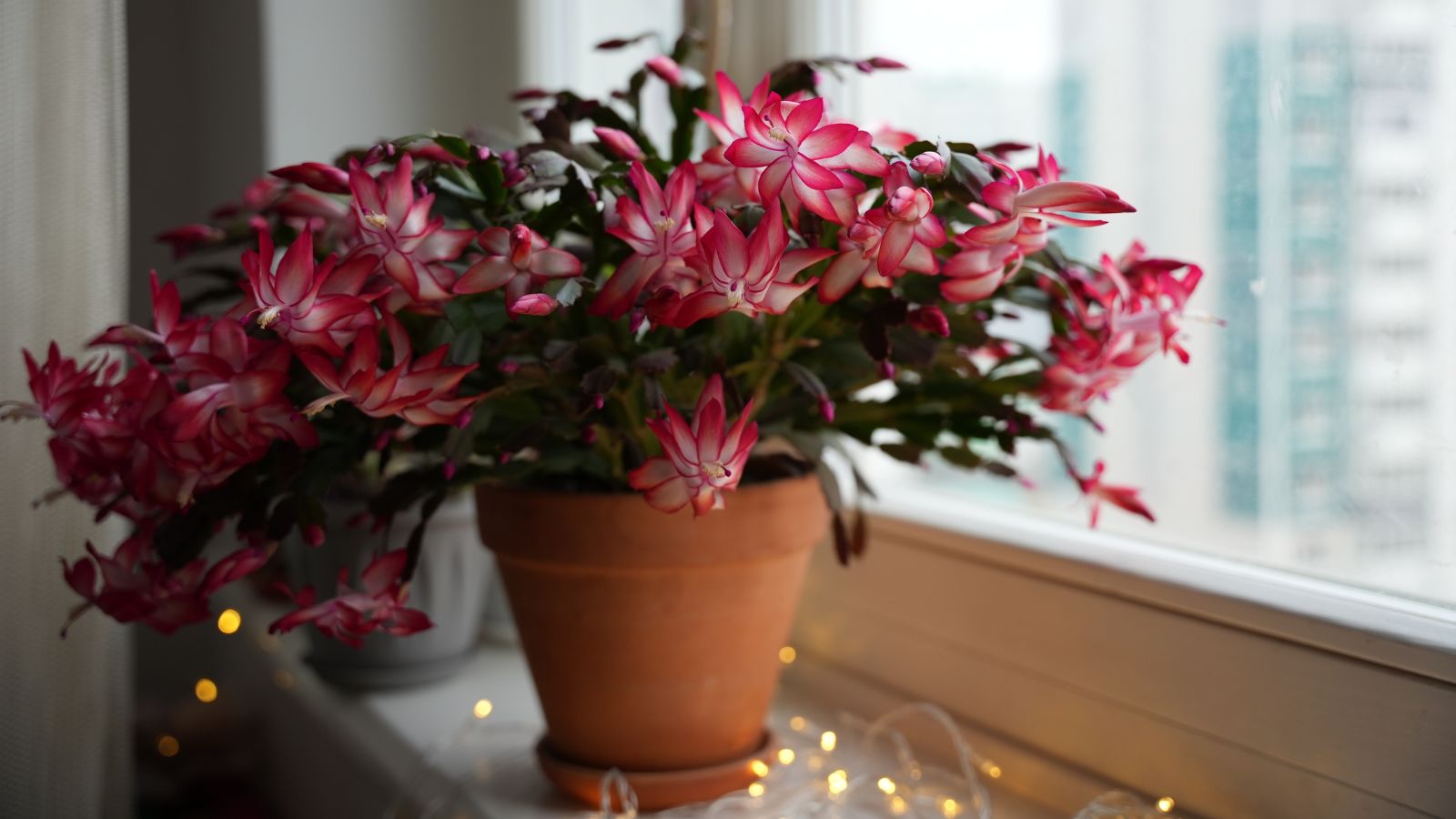
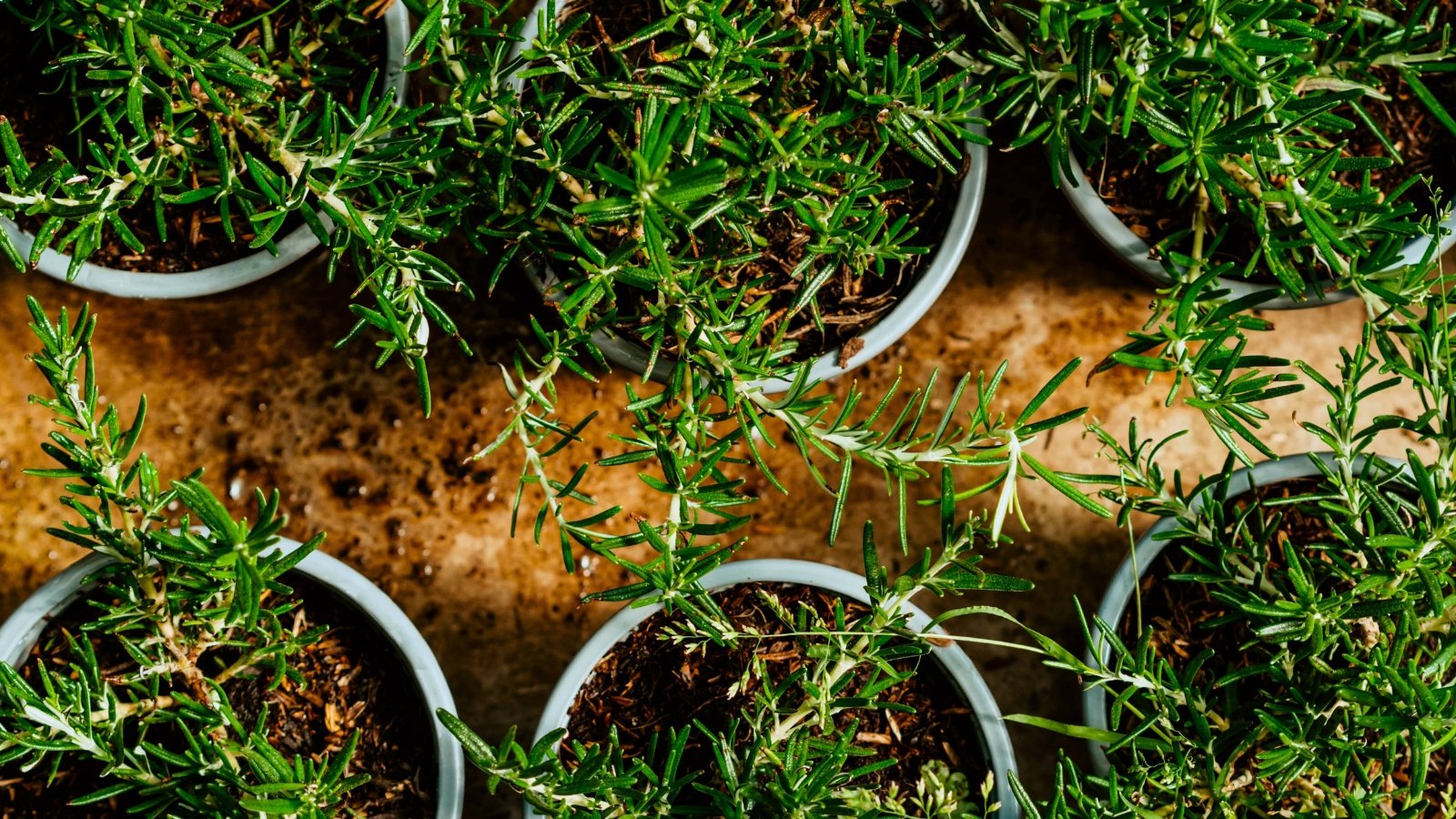














 English (US) ·
English (US) ·  French (CA) ·
French (CA) ·